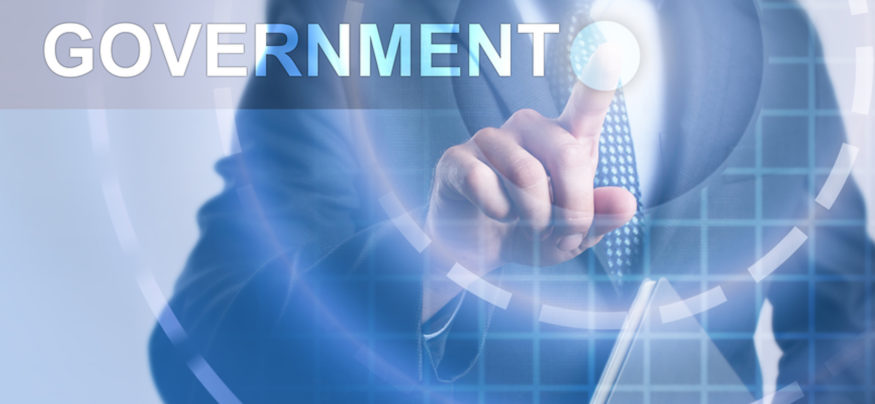Technology is transforming our lives. It allows us to talk face-to-face with someone on the other side of the world just by opening an app on a smartphone, it allows us to control our homes when we’re not there, and it even enables some cars to drive themselves. As this transformation continues, building a digital government is essential to cater to the digital citizen who wants to interact with critical services including health, immigration, taxes and veteran affairs.
Two years ago, the White House decided that it was crucial for the U.S. government to keep pace with this technological revolution, and consequently introduced the U.S. Digital Service (USDS). Now celebrating its second anniversary, the initiative has helped “transform government services through technology and innovation,” according to a recently published impact report.
The report goes on to state that “over the last two years, [the USDS] has significantly improved the Federal Government’s ability to provide better citizen-centered services and helped Americans engage with their government in new and meaningful ways.” To date, the push has seen more than 170 engineers, designers, data scientists and product managers sign on for a “tour of duty” with the USDS.
Key Areas of Success
The report highlights several specific developments which the U.S. government believes have been particularly successful:
- Veterans: Prior to the launch of the USDS, just 10 percent of veterans accessed the online application for healthcare because it was too complicated, relying on access to specific software and the use of a specific browser. Building a new application in collaboration with veterans — as opposed to building it for them — saw 11,600 veterans use the app to apply for healthcare in the first 30 days it was available, with many receiving coverage in less than 10 minutes.
- Immigration: Modernizing the immigration system was another crucial part of the overall USDS strategy. This was achieved by digitizing the external application and internal review process for over 7 million annual immigration applications and requests. An increasing percentage of the immigration system is now online, and improvements to software development practices, system architecture and design are on track to save millions of dollars per year.
- Tax details: Making it easier and more convenient for people to access details about their taxes can make a huge difference in their lives. The USDS, in collaboration with the Internal Revenue Service, created Secure Access, “a user verification process that relies on strong identity proofing and two-factor authentication to protect users’ sensitive tax records.” According to the impact report, “Secure Access ensures that users have convenient, real-time access to their transcripts while protecting taxpayer information from automated fraudulent attacks.”
Creating a digital government to service the digital citizen isn’t a new idea. Indeed, the USDS is based on the U.K.’s Government Digital Service, which was introduced in 2011 to ensure that government services are fit for the digital age and to work with agencies from all departments to create a government as a platform — a concept described as “a new vision for digital government; a common core infrastructure of shared digital systems, technology and processes on which it’s easy to build brilliant, user-centric government services.”
Looking Toward the Future
The USDS has similar goals to the U.K.’s Government Digital Service, and it recently launched a Playbook aimed at the chief information officers (CIOs) of government departments, which outlines best practices from the private sector that they can follow. The government is also seeking to bring consistency to all government websites, launching a unified web design standard which enables all departments to create easy-to-use digital interfaces with a unified visual language and interaction patterns. And just as the U.K. government built a central identity system called Verify, the USDS is building Login.gov, an online portal intended to be a shared login service that promises strong authentication and effective identity proofing technology.
The USDS is part of a wider push by the White House to create a cohesive digital strategy for government, which includes initiatives such as “The People’s Code,” which promises to make at least 20 percent of all custom-built software for government agencies open source.
However, just like any other business, government faces budget constraints — a Senate appropriations committee recently approved a spending bill cut of around 75 percent of the requested $20.2 million in funding for technology initiatives. Therefore, despite the success laid out in the recent report, the USDS will have to find even more innovative ways of delivering on the White House promise to create a digital government.
Keep up with the latest trends in cutting-edge government technology by checking out our full line of solutions here.







